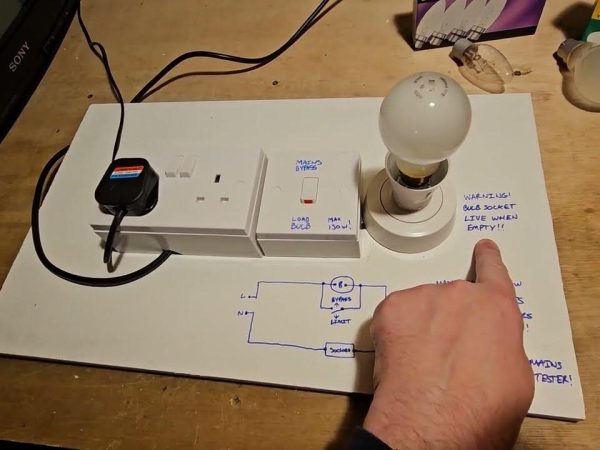What Is Telephone Etiquette? A Complete Guide to Professional Phone Manners

In a world dominated by digital messaging, the telephone remains a vital communication tool, especially in business, healthcare, customer service, and sales. Whether you’re answering calls in a corporate office or making outbound calls to clients, understanding telephone etiquette is essential to making a good impression and ensuring clear, respectful communication.
So, what is telephone etiquette, and why does it matter?
Let’s dive into the key principles, best practices, and tips for mastering professional phone conversations.
What Is Telephone Etiquette?
Telephone etiquette refers to the set of rules and behaviors that ensure respectful, clear, and effective communication during a phone call. It includes how you:
- Answer the phone
- Greet the caller
- Speak and listen attentively
- Handle inquiries
- Close the conversation professionally
Good telephone manners help you build trust, avoid misunderstandings, and represent your brand or company professionally.
Why Is Telephone Etiquette Important?
Here’s why learning proper telephone etiquette is critical for professionals and businesses:
First Impressions Matter
The way you answer and handle a phone call is often the first interaction a person has with you or your organization.
Improves Customer Experience
Polite and professional conversations make customers feel valued and respected, even when problems arise.
Reduces Miscommunication
Clear, structured conversations lead to fewer errors, better understanding, and faster issue resolution.
Builds Professional Reputation
Whether you’re in sales, support, or admin, proper phone etiquette enhances your credibility and trustworthiness.
Key Principles of Telephone Etiquette
Here are the fundamental principles everyone should follow during phone calls:
Answer Promptly and Cheerfully
- Pick up within 3 rings if possible
- Smile while talking—it reflects in your tone
- Use a friendly and professional greeting
“Good morning, thank you for calling [Company Name], this is [Your Name]. How can I help you?”
Speak Clearly and Confidently
- Use a moderate pace
- Avoid filler words like “um” or “uh”
- Project your voice but don’t shout
- Pronounce names and terms accurately
Practice Active Listening
- Allow the caller to finish their thoughts
- Avoid interrupting
- Take notes if necessary
- Ask clarifying questions if needed
Be Courteous and Respectful
- Use phrases like “please,” “thank you,” and “you’re welcome”
- Stay calm and polite, even during difficult conversations
- Don’t eat, chew gum, or multitask while on the call
Handle Transfers and Holds Properly
- Ask for permission before placing someone on hold
- Check back if the hold lasts more than 60 seconds
- Explain why you’re transferring the call and to whom
End the Call Professionally
- Summarize the conversation if needed
- Confirm any follow-up actions or next steps
- Thank the caller
“Thank you for calling, have a great day!”
Telephone Etiquette in Different Contexts
| Context | Etiquette Tips |
| Business Office | Use a formal greeting and avoid slang |
| Call Center | Follow scripts but stay empathetic and human |
| Healthcare | Use privacy-sensitive language and confirm identities |
| Sales/Cold Calls | Introduce yourself clearly and ask if it’s a good time |
| Remote Work | Ensure good call quality and quiet background noise |
Common Telephone Etiquette Mistakes to Avoid
- Talking too fast or mumbling
- Forgetting to identify yourself or your company
- Using a rude or dismissive tone
- Interrupting or talking over the caller
- Leaving someone on hold too long without updates
- Ending a call abruptly without a proper goodbye
Telephone Etiquette in the Age of Smartphones
Even in a mobile-first world, proper etiquette applies:
- Don’t answer calls in loud or inappropriate environments
- Use voicemail professionally—include your name and a callback promise
- Don’t use speakerphone unless necessary and appropriate
- Keep personal conversations private and brief in public places
Benefits of Good Telephone Etiquette
| Benefit | Description |
| Professionalism | Enhances your image and builds credibility |
| Efficiency | Helps resolve issues quickly and clearly |
| Customer Retention | Makes clients feel heard, increasing loyalty |
| Stronger Relationships | Builds trust with coworkers, clients, and partners |
Tips for Training Telephone Etiquette
- Provide scripts or call handling guidelines
- Use call recordings for training and feedback
- Conduct role-playing exercises
- Offer checklists and reminders at workstations
- Track performance metrics like average call handling time and satisfaction ratings
Conclusion
Whether you’re handling customer inquiries, internal team calls, or business pitches, telephone etiquette sets the tone for the entire conversation. By answering professionally, listening attentively, and speaking with courtesy, you build stronger relationships and represent yourself or your business in the best light.
Remember: good phone manners never go out of style.
FAQs
1. What is the golden rule of telephone etiquette?
Always treat the caller with respect and patience, just as you’d expect if the roles were reversed.
2. How do I answer a business call professionally?
Use a polite greeting, state your name and company, and offer assistance:
“Good afternoon, this is Sarah with Apex Solutions. How may I assist you?”
3. What should I avoid saying on a professional call?
Avoid slang, sarcasm, profanity, or phrases like “I don’t know” without offering help.
4. Should I smile during a phone call?
Yes! Smiling naturally improves your tone, making you sound more approachable.
5. How do I end a call gracefully?
Summarize any action items, thank the caller, and say goodbye:
“Thanks for reaching out, John. I’ll email you the report by tomorrow. Have a great day!”
Also read: 10 Reasons Why 1862 Dry Bar Madrid Spain Might Not Be for Everyone











